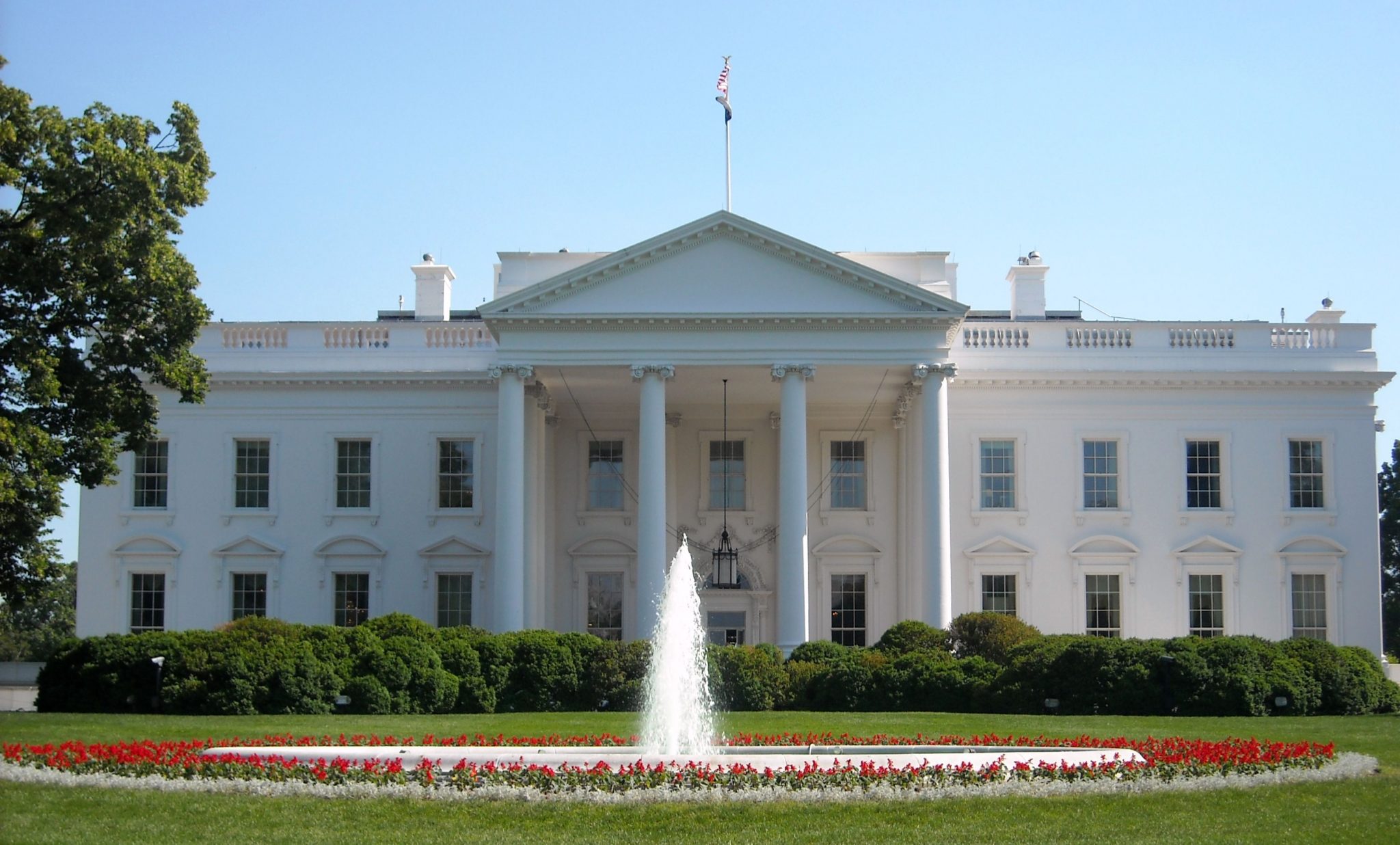151
President Donald Trump’s end run around Congress on coronavirus relief is raising questions about whether it would give Americans the economic lifeline he claims and appears certain to face legal challenges.
After negotiations with lawmake



